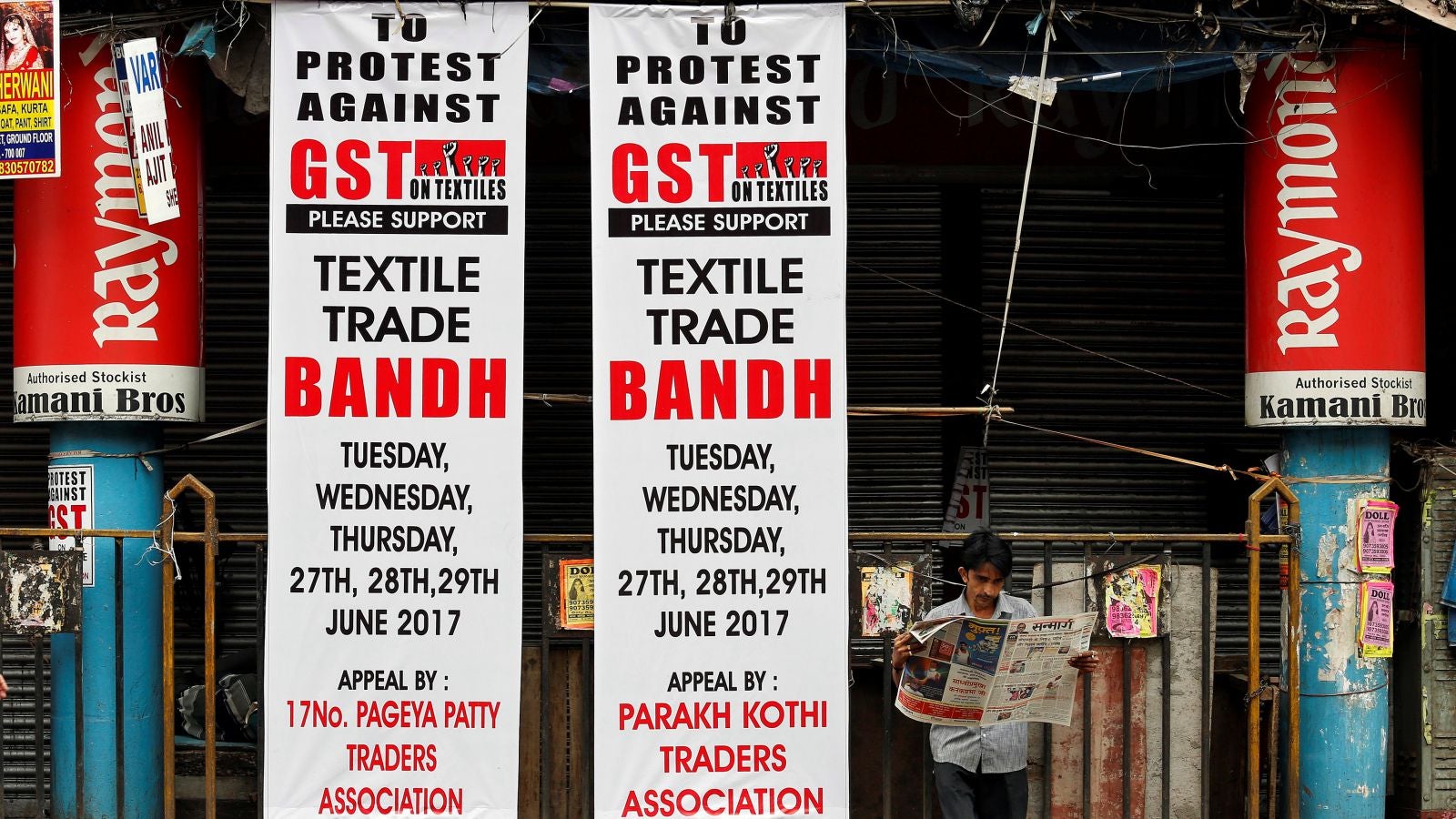Discontent over GST helped fell Malaysia’s ruling party. Should Modi worry?
On May 09, Malaysia’s 15 million voters delivered a shock verdict, evicting incumbent prime minister Najib Razak and unseating the ruling Barisan Nasional (BN) coalition after sixty years in power.


On May 09, Malaysia’s 15 million voters delivered a shock verdict, evicting incumbent prime minister Najib Razak and unseating the ruling Barisan Nasional (BN) coalition after sixty years in power.
Corruption charges were central to the BN’s downfall, given Najib’s alleged involvement in the 1MDB scandal where $700 million was apparently funnelled from government coffers into his own bank account. But there was another factor: the rising cost of living, triggered by the introduction of the goods and services tax (GST) three years ago, which led to popular resentment against the Najib administration.
In India, the Narendra Modi government rolled out the GST last July. Ten months on, businesses are still grappling with the complexities of the new tax structure. Till last month, the government had already made 376 changes to the new law, sparking confusion. And although India’s reaction to the new tax regime hasn’t been as hostile as in Malaysia, is there a lesson to be learnt for the political leadership in New Delhi?
“There are a lot of parallels between Malaysia and India, as in both the nations GST replaced the earlier complex tax structure. Also, in both nations it (GST) was heavily criticised by the opposition and the trading community,” said Uday Tharar, a Mumbai-based economist with an emerging market fund. ”Both countries have huge (a) number of tax offenders who didn’t appreciate it either.”
When the Najib government introduced the GST in Malaysia in April 2015, it was well aware that the move was going to be unpopular. In fact, the prime minister openly said on May 08 that this was the hardest decision he had made during his nine-year tenure. Soon after the Malaysian government introduced a standard 6% duty on all taxable items, confusion over prices kicked off. For instance, prices of automobiles, which were expected to go up, came down a notch. Consumers began holding back big-ticket purchases, partly influenced by stagnant salary growth.
“Government fiscal (performance) suffered in 2015-2016 right after the implementation of GST due to the global oil price collapse,” Tharar explained, outlining Malaysia’s dependence on oil revenues. “Hence, the opposition was able to create an image in the public’s mind that GST is to be blamed for the poor fiscal (performance) of the government.”
The deep resentment caused by the GST has persisted, and the opposition party—led by Mahathir bin Mohamad, who won the polls—included the abolition of the controversial tax structure as one of its electoral promises.
Not so good and simple
In India, the Modi government introduced the GST while the country was still recovering from the demonetisation move of November 2016. Unsurprisingly, the economy went into a tailspin.
Moreover, India’s GST structure has five tax brackets, between 0% and 28%, which has only added to the confusion. An April 2018 survey by Wydr, India’s largest mobile-based wholesale marketplace, revealed that the majority of the businesses polled still don’t fully understand how the GST works.
“It is a very complicated tax structure and it is being implemented on a large scale in India. As a result there are going to be hiccups and pain points that will last for at least a few months more,” said a taxation expert with a tax e-filing platform, requesting anonymity.
Despite the teething troubles, India needs the GST and the Modi government must now focus on its proper implementation, said Rajiv Biswas, Asia-Pacific chief economist at IHS Markit, a consultancy firm.
“The benefits for India from a GST are crucial for long-term economic development, since the GST is an efficient tax for steadily raising fiscal revenue as the size of the economy continues to grow,” Biswas added. “Moreover the GST is crucial for reducing logistics costs for Indian industry and making Indian manufacturing more competitive.”
But in a country where even the humble onion can weigh on electoral fortunes, botching up the GST any further could potentially turn out to be a costly mistake. “The main reason India is struggling with GST is because of the number of tax slabs. Unless the number of tax slabs are reduced it will continue to create confusion,” Tharar said. “However, reducing the number of tax slabs looks unlikely in the near future due to political constraints.”